Celebrating Silversea’s 30th Anniversary, We Honor Our Past and Look Forward to Our Spirit of Innovation
In the luxury and expedition cruise sector, Silversea has been at the forefront of innovations that have been envied and copied, so much so that they have become industry standards. As Silversea reflects on 30 years at sea, here are some of the pivotal breakthroughs and accomplishments that have changed the face of cruising.
Reimagining luxury travel
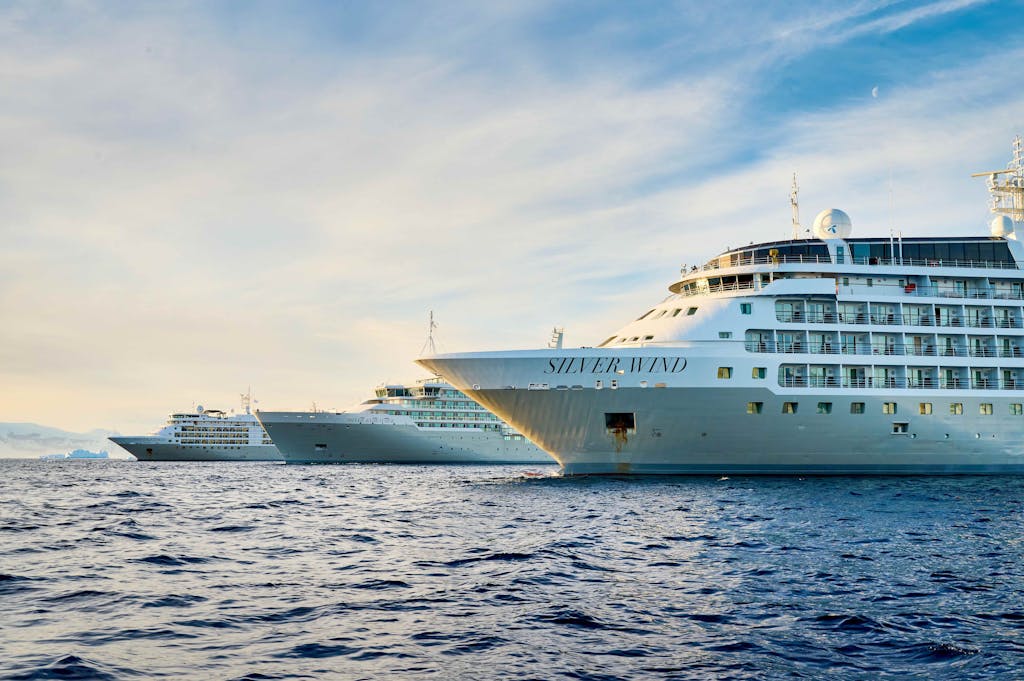
In the early 1990s the word “luxury” was thrown around easily, and it still is. But 30 years ago, cabins on so-called luxury cruise ships were bland and cramped, and guests’ views were limited to a porthole. A cabin with a balcony was the exception, not the rule.
From the beginning, Silversea created the world’s first ultra-luxury cruise line when it decided to build a fleet of smaller ships catering exclusively to the passengers who booked Sitmar’s top suites.
When the company entered the design phase for its first two ships in the early 1990s, the trend of building bigger, faster ships was underway. Silversea’s first ships were more modest. Although they would have engines powerful enough to cruise at a relatively swift 18 knots (about 21 mph), they would carry just 296 passengers. For a ship of 16,800 tons, this meant an amazing passenger-to-space ratio.
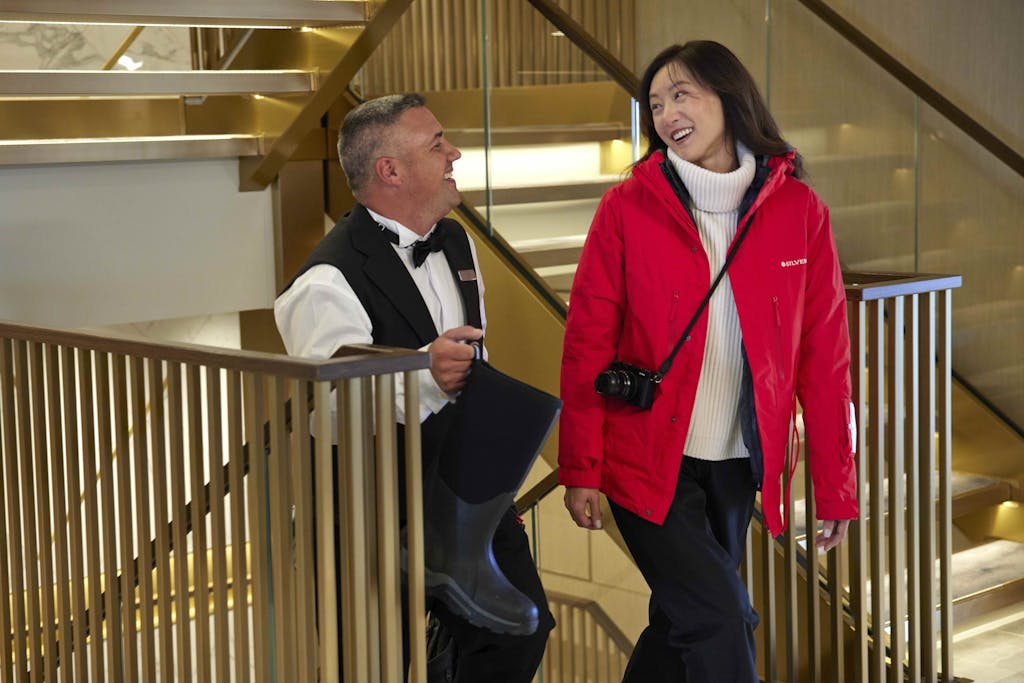
When Silver Cloud debuted in 1994, followed less than a year later by Silver Wind, no other cruise lines could say that every cabin was a suite and that most had verandas. Guests were lavished with space. The showroom showed off by having two decks, which gave guests unhindered sight lines. (Silversea’s newest vessels, Silver Ray and Silver Nova, have reintroduced the two-deck concept.) Larger productions than were common in the luxury cruise segment could be staged.
When it came to service, there were two crew members for every three guests, an industry-leading staff-to-guest ratio.
A new pricing concept

“When Silversea debuted, it was the first time I heard the word ‘inclusive’ used by a cruise line,” says Anne Kalosh, editor of Seatrade Cruise News. “No one was including drinks in 1994. Silversea was the first.”
Although such extras as port charges and gratuities were part of the package with other upscale lines, including drinks was a pivotal decision for Silversea. Aboard Silver Cloud, there were no bar tabs, and beverages were stocked en suite –- in effect, a complementary minibar. Thanks to the removal of friction points, the experience became more seamless.
“The thing we removed was that concept of, ‘I’m going to buy tonight’s drink, you’re going to pick up tomorrow’s,’” says Jennifer Schott, Silversea’s director of corporate communications from 1995-2002. “Once you got into the bar, the idea of needing to reciprocate was gone. Everyone on the ship was equal. No matter which suite you were in, once you walked out of your accommodations you were on par with everyone on the ship.”
Surprisingly, adopting the term “inclusive” was somewhat controversial in the industry. “There was a lot of skepticism,” Schott says. “It was a big deal. In those days, ‘all-inclusive’ made people think of Club Med or Sandals resorts, so they’d ask, ‘How can luxury be all-inclusive?’” Instead, the bar became a focal point for guests before and after dinner, a more conducive environment for socializing.
Silversea’s attitude: Let the market decide. And it did.
Enriching the experience, both onboard and on shore
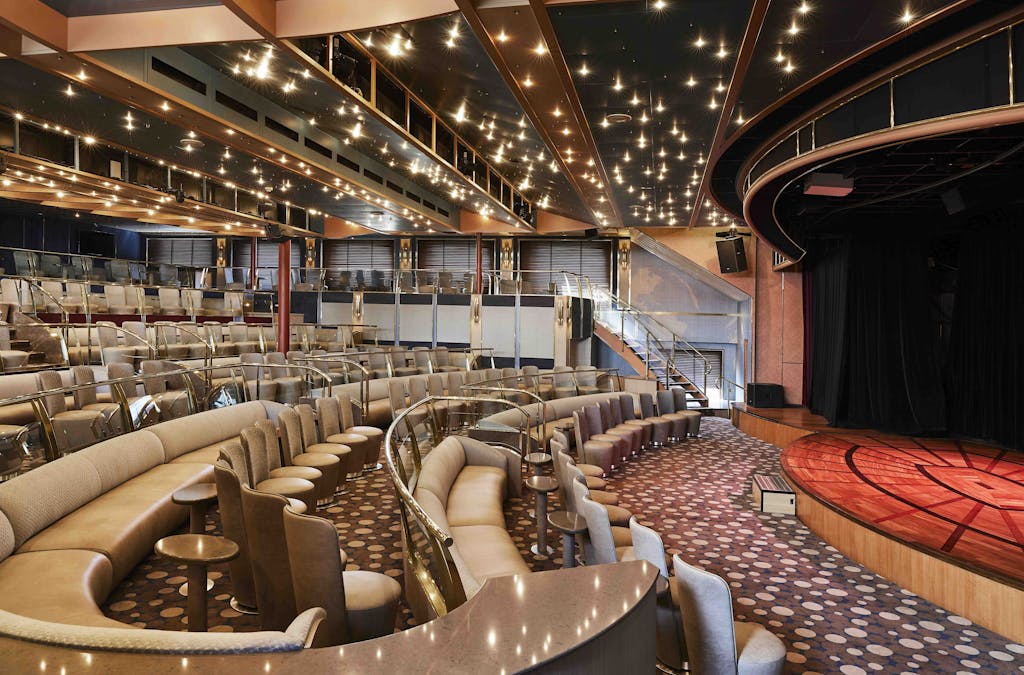
While Silver Cloud was still under construction, Silversea made another important decision: to foster an international ambience. “They created a very cosmopolitan style of product,” says Peter Shanks, who viewed Silversea’s growth then from his perch as president of Cunard Line. (Shanks is now managing director for Silversea in the U.K. and Ireland.)
“It was a family business, and it built a very clear personality: that of understated luxury. Other brands went for something more garish. Silversea managed to maintain an Italian-Mediterranean experience, which led to a really nice mix of international guests and cultures from around the world.”
The line also created the Silversea Experience, a special shore excursion on each voyage that would unveil a special aspect of local culture or hospitality.
It could be as lavish as a trip into a pine forest near Antalya for a Turkish wedding feast, with folk musicians, belly dancers and a costumed wedding couple riding camels. For the fifth anniversary of Silver Cloud and Silver Wind, the two ships sailed into Australia’s Sydney Harbour and were treated to a private performance of “Madama Butterfly” at the Sydney Opera House. Guests on two voyages through New England were feted at Beechwood House, the gargantuan turn-of-the-century summer “cottage” of Mary Astor, creator of “The 400 List,” America’s first social register.
On another journey, Silversea docked in Walvis Bay, a port town in Namibia. Guests boarded four-wheel-drives in the afternoon and traveled across the coastline’s famed sand dunes. Amid a sea of sand, they enjoyed sunset with Champagne served in crystal flutes, followed by a dinner of Namibian specialties. The evening sparkled with a campfire and children singing as the fog rolled in over the dunes.
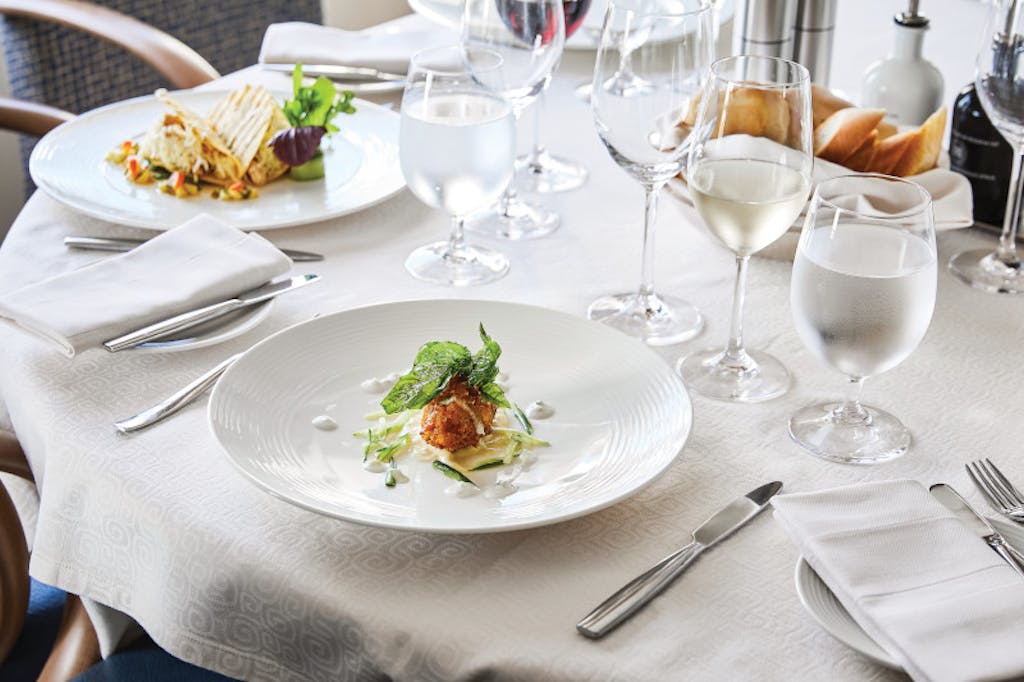
Adding to the casual elegance of a cruise, there were no scheduled dining times and no assigned tables, a change from cruising tradition. Guests could dine privately in their suites or on their veranda, a romantic dinner served course by course.
“No matter which suite you were in, you were welcomed to the club,” Schott says. “It wasn’t like a club you had to be admitted to, and we didn’t want to use the term ‘country club.’ But once you walked out of your accommodation you were on par with everyone on the ship. Everyone onboard was equal and comfortable.”
Cruise lines talk about work vacations today, but as long ago as 1997, Silversea has made it easier for the business world to stay on top of the investments that helped pay for their travel. Silversea added Financial Fax, a daily personalized record that tracked up to 30 stocks, mutual funds and options, delivered it to a guest at the close of markets, at a cost of $6 a day. And Silversea was among the first cruise lines to install CD players in guest suites.
During its second year of operation, Silversea burst onto Condé Nast Traveler’s Reader’s Choice Awards in a major way. The line was not only voted the highest-scoring cruise line, but it also managed to score higher than any travel company, including such esteemed and venerable brands as Shangri-La, Ritz-Carlton and Dallas’ Mansion on Turtle Creek.
“It’s Lovely at the Top,” Silversea’s first big advertising campaign proclaimed.
Innovating further
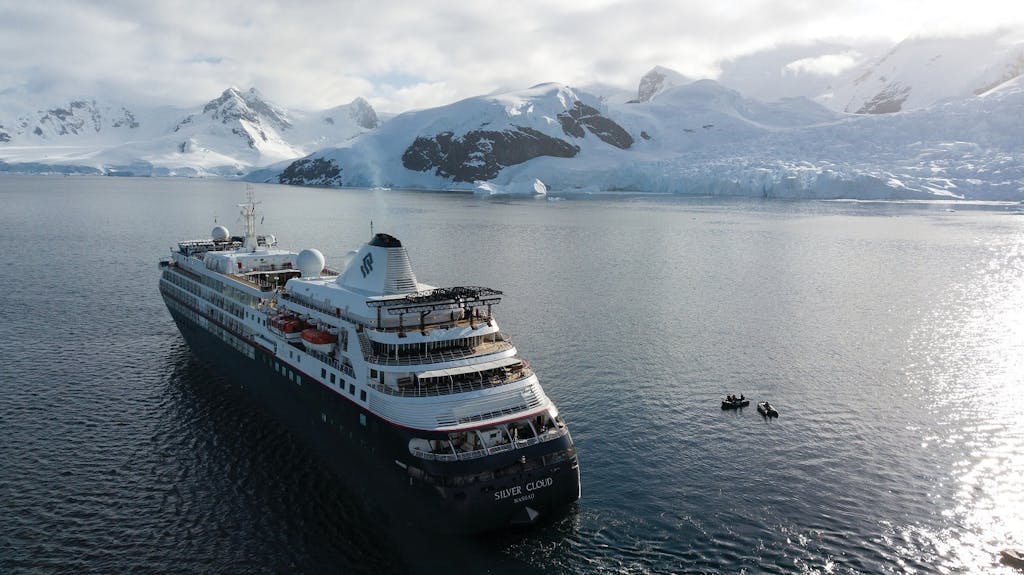
Silversea set its sights on the far horizons, especially once its second pair of ships, Silver Shadow and Silver Whisper arrived, in 2000-2001. The line’s first world cruise began in 2002, when Silver Cloud called on places as far-flung as Madagascar. Photographers and journalists who worked for travel and scientific publications led lectures and excursions.
Antarctica was at one time out of reach for Silversea, but not for long. In 2007, Conrad Combrink joined the company with an eye toward launching expedition itineraries. “Back then, expeditions were almost synonymous with a rite of passage,” Combrink says. “In most of the ships, you had to suffer with a bunkbed and bad food and shared toilets.
“When we launched Silversea expeditions, other companies offering expedition voyages said, ‘What are they doing?’”
Silversea reasoned that, on the average expedition cruise, guests spend more waking hours onboard than they do ashore. Rather than have Silversea’s guests “rough it” with the typical expedition lines of the time, why not bring Silversea’s luxury standards to the expedition sector?
To do so, Silversea acquired an ice-class vessel and redesigned it to carry 132 guests in the largest average-size accommodations of any expedition ship. All offered ocean views –- many with French balconies or private verandas –- along with butler service, gourmet cuisine and a nearly one-to-one crew-to-guest ratio. The ship also offered all-inclusive amenities, such as complementary wines and spirits, 24-hour room service and all gratuities. A fleet of eight Zodiacs carried guests closer to the wildlife, to the ice, to places that were inaccessible to traditional cruise ships.
In honor of the Prince of Monaco, a noted advocate of protecting the environment and ocean conservation, the ship was rechristened Prince Albert II in 2008. The ship spent its inaugural season sailing along the shoulders of the Arctic Circle in Svalbard, Iceland and Greenland. A few months later, it became the first ultra-luxury cruise ship to visit Antarctica.
The ship was renamed Silver Explorer in 2011, and soon Silver Galápagos and Silver Discoverer were added to work in the Galápagos islands, becoming the first ultra-luxury product in that precious archipelago. Local guides were trained to combine their expert knowledge with high-quality service. Today, Silversea operates four dedicated expedition vessels, including Silver Origin, uniquely designed to sail year-round in the Galápagos, and Silver Endeavour.

In 2012, Silversea was the first expedition operator to lead in-depth visits to West Africa. The next year remote islands in Papua New Guinea, Micronesia and Melanesia were added.
“The ultra-luxury cruise sector is thriving, in part because of the way we’ve executed the fly-cruise in Antarctica,” Shanks says, speaking of the voyage that skips the Drake Passage and lands on Antarctica, where the voyage begins. “Last winter Conrad [Combrink] chartered a small icebreaker in Antarctica to scout for new landing sites so we can offer an even wider number of landings.”
Combrink adds: “We take our destination delivery extremely seriously. Our mission is to deliver ultra-luxury experiences in an authentic way around the world. Going deeper, exploring deeper is our approach to delivering these experiences –- it is our duty to turn our guests’ dreams into memories.”
S.A.L.T. joins Silversea

Silversea has always prioritized food as a major component of the ultra-luxury cruise. But the line took it to a new level with the introduction of S.A.L.T., which stands for Sea and Land Taste. The innovative culinary program was developed across the oceans via Zoom calls in the thick of the pandemic and launched with the arrival of Silver Moon in 2021.
S.A.L.T. is the concoction of Adam Sachs, a food writer and formerly editor of the influential Saveur magazine, who joined Silversea to develop culinary experiences for the line’s newest ships. Although other lines have long had culinary demonstrations for guests and a few have had hands-on cooking lessons, S.A.L.T. took it several steps farther to make it what Sachs calls “an ambitious ecosystem.”
“The whole concept is about connecting our guests to the places and cultures we’re going, through the lens of food and drink,” Sachs says. “It’s about getting to know what people eat and why they eat it, learning about the destinations through culture, traditions, techniques and ingredients.”
S.A.L.T. takes place in different venues and ways both on and off the ship. One restaurant, S.A.L.T. Kitchen, offers a culinary immersion into the region. If, say, you’re sailing the Adriatic, the ingredients of Italy, Istria and the Dalmatian coast will be on offer. At S.A.L.T. Chef’s Table, available on Silver Ray and Silver Nova, an interactive 11-course journey is prepared in a private galley/dining venue and includes anecdotes about the history of each dish or signature ingredient. S.A.L.T. Lab offers hands-on cooking lessons –- again, keyed to the destination –- while S.A.L.T. Bar incorporates hard-to-source regional ingredients for dazzling cocktails and non-alcoholic beverages. S.A.L.T. shore excursions take guests on curated experiences to dive even deeper into a destination’s culture.
S.A.L.T. is an ambitious program that, to date, has involved creating more than 1,600 dishes for the Kitchen, hundreds of cocktail recipes for the Bar, and more than 100 classes designed for the Lab.
Here’s why destination leadership has always mattered
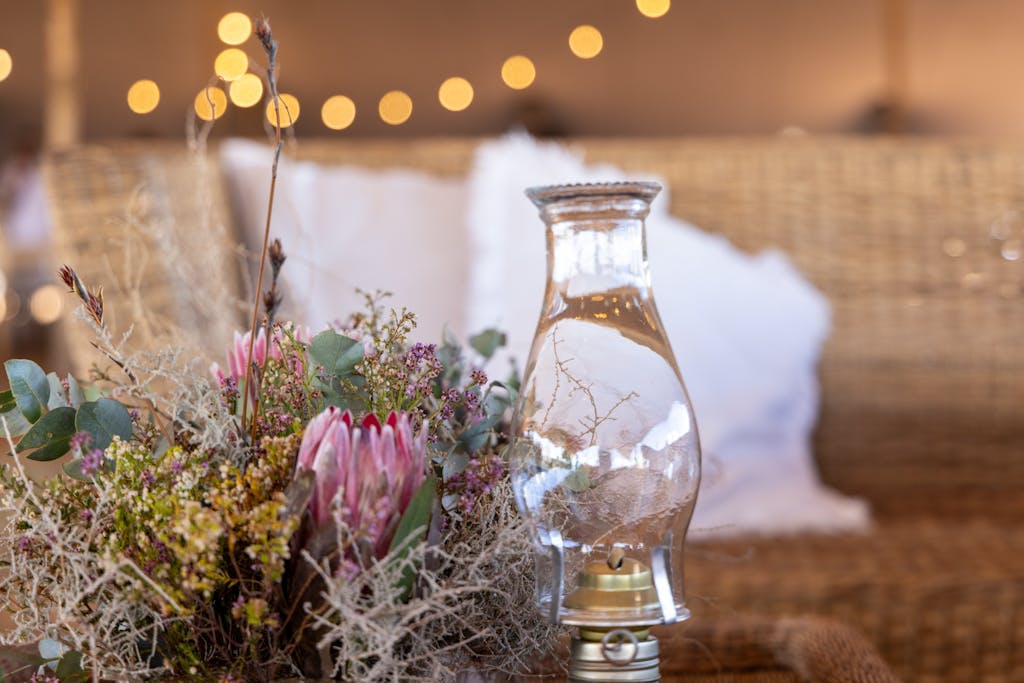
Such ambition may be baked into Silversea’s DNA. In 2024, Combrink hosted an inaugural sailing focused on South Africa, his homeland, aboard Silver Cloud. The itinerary performed a deep dive into rarely visited ports and included a first-ever cruise call in Saldanha Bay, where a South African Braai (BBQ) was arranged for all. This kind of itinerary development, taking guests where no one has cruised before, takes countless hours of research and face-to-face relationship-building. (When Silversea proposed its South Africa expedition, the government wouldn’t allow expedition cruising and Zodiacs because of safety concerns. It took two years of risk assessments before the country’s marine safety agency would grant permission for the expedition.)
And existing destinations are continuously being fine-tuned, with the introduction of such options as the Antarctica Bridge, whereby passengers are flown in business class across the notoriously bumpy Drake Passage to King George Island, maximizing the ratio of hours spent on the seventh continent.
Indeed, as Silversea celebrates its 30th anniversary, I can’t help but ponder what the line’s next 30 years of innovation will foster, and how such breakthroughs will continue to inspire the world of travel and exploration.
